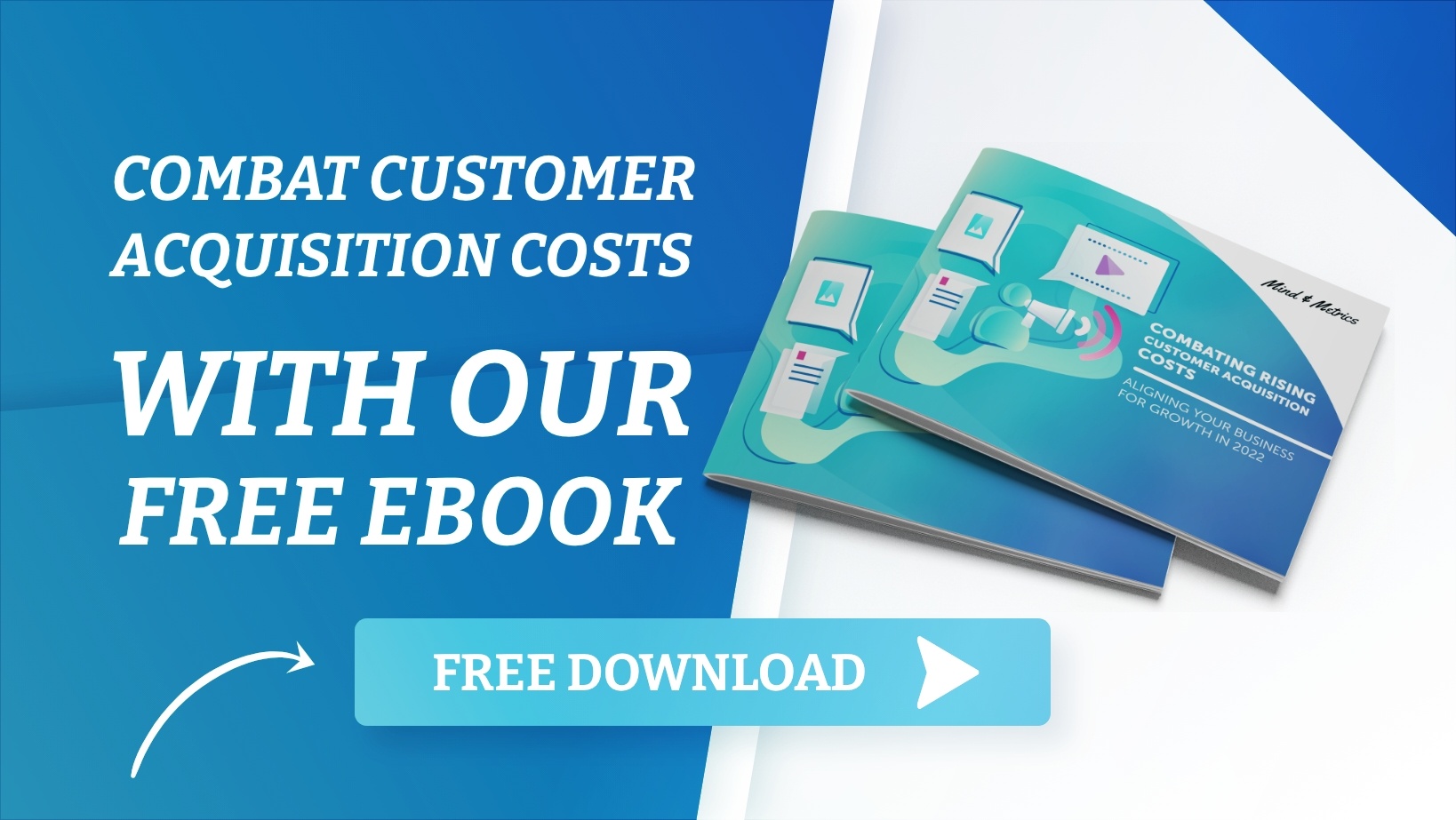Experience firsthand how Mind & Metrics + Supered.io can help your business streamline execution, eliminate unnecessary back-and-forth, and ensure AI accelerates growth—without the chaos.
7 Successful Ways of Creating Competitive Advantage For Your Business
Competitive advantage is the Holy Grail of business.
Every small bit counts and adds up in the long run. Alas, many entrepreneurs don’t even know what this concept entails. Well, it essentially involves anything that makes you better than the next company in consumers’ minds.
The crucial thing to understand is that creating competitive advantage is a multi-faceted process. Pricing strategy is just the tip of the iceberg of possibilities here. There are many other factors that aid your cause.
Some of them are as tangible as geographical proximity. Others, such as brand appeal, are hard to put a finger on and measure. Then, we have advantages that fall somewhere in between these two.
This guide will help you gain an upper hand without breaking the bank in the process.
1. A Niche Value Proposition
A compelling value proposition is one of the most powerful customer magnets there is.
In a nutshell, you have to clearly explain what separates you from the crowd. To do it right, you need to speak the language your audience understands. What it comes down to is knowing your strengths and your audience at the same time.
Our piece of advice is: avoid the scattershot approach and narrow the focus down.
Trying to please everyone isn’t an overly realistic or cost-effective goal. You’re better for going for a smaller, more specific audience and uncovering your niche appeal. Consider serving a particular geographical area or demographic.
2. Consolidate Your Tech Stack
Brands are reporting that in this post-pandemic world, it's become more and more difficult to connect with their customers and prospects. Their outreach efforts, such as paid and organic social media content, are getting less effective and more expensive.
Why is this? There are a few factors involved:
- Consumer expectations have changed. Fewer and fewer people will tolerate friction in the buyer's journey like a clunky purchasing process and a long customer service response time.
- Marketing channels are saturated with content. Social media and search engine results are inundated with promotional content, and consumers are becoming more inclined to tune it out.
- Data privacy regulations are more rigorous. Cookie tracking is more difficult than it used to be, making it harder to understand engagement on your website.
- We're in a "crisis of disconnection" and general disengagement. People feel disconnected from their communities, finances are tight, and burnout is prolific.
Another issue businesses are facing, compounded by rising customer acquisition costs, is bloated tech stacks.
With new martech solutions constantly proliferating, and consumers continuing to raise their expectations of companies, businesses may feel inclined to add more and more tools to their tech stack. This often leads to data being stored in multiple places and necessary functionality spread out and scattered across several tools.
With confusing and disorganized data and stressed-out employees, companies may have a difficult time measuring the effectiveness of their campaigns and making data-driven decisions. Data falls through the cracks, and productivity is lost.
Struggles with decreasing customer engagement sometimes then results in companies seeking out more solutions and adding even more to their tech stack. This creates a vicious cycle, where so-called solutions end up being the problem.
The way out is to audit your tech stack. Take stock of every tool at your disposal, its function, how often it's used, and whether any other tools perform the same or similar function. Get rid of anything that you're not using and consolidate tools however you can.
3. Digital Marketing and Branding
The more people know about you, the better the chances are your brand will pop up in discussions.
You want to be in relative control of what people say. So, explore digital marketing and brand-building opportunities. Set up social media profiles on networks that your potential customers frequent.
Initiate and take part in industry-related conversations whenever you see the opportunity.
Furthermore, if it makes sense for your industry or niche, make sure to connect with relevant influencers. They are powerful buzz vehicles that can take your visibility to the next level. Notice many small to medium-sized businesses collaborate with micro-influencers.
These small “social celebrities” are cheaper and bring more niche recognition than macro counterparts. It’s time to reach out to them.
4. Harness the Power of Data
Modern businesses are awash with data.
Not all of them, however, are adept at making good use of it. And it’s a huge lost potential for them.
First off, one can leverage consumer data points to craft buyer personas and target their segmented audiences right. This is a tried and true method for minimizing resource waste and boosting marketing results.
Thus, start collecting your data using tools like Google’s Customer Surveys. Over time, you can gather a plethora of intelligence and establish yourself as a thought leader.
An alternative would be to rely on third-party sources. Both approaches do the trick as long as the data itself is relevant.
Also, it's vital for businesses to stay abreast of changes to consumer privacy law that may affect their ability to collect user data, and update their tools as necessary. One important development that every business that uses Google Analytics should be aware of is Google's recent discontinuation of UA campaign support. In response to new cookie tracking bans and a major uptick in mobile web users, Google has developed GA4, which is more adept at collecting data with the newest tracking guidelines in mind, and accounts for the devices that web users most often browse with.
UA campaigns stopped collecting new data on July 1st, 2023, so anyone still using UA is encouraged to upgrade to GA4.
5. Delight Your Customers
Give some before you ask for some.
This simple principle can work miracles for your market prospects. So, hold your sales pitches for the time being and give out to people. You can, for instance, reward customer loyalty and mark important milestones in your relationships.
Think in terms of email coupon codes, product samples, and bulk discounts. You can also provide valuable content (e-books, video tutorials, webinars, etc.) for free.
These are some of the ways to become a truly consumer-oriented business. The benefits are clear. You’re able to bolster and deepen your bonds and spur positive word-of-mouth.
6. Foster an Amazing Company Culture
Company culture isn’t just some thin external façade or trick to attract top talent.
It can be a real game-changer that strengthens the company from within. For example, it elevates motivation, engagement, and productivity, while also improving retention rates.
Not only that but you have a chance to turn your employees into devout brand ambassadors. They will spread the good word around and land you more business opportunities.
Customers also prefer buying from companies that treat employees well. This aspect is related to corporate and social responsibility, a factor separating business winners from losers.
7. Gain Real-life Exposure
Many business owners are dazzled by digital tools and forgo opportunities right under their noses.
Don’t make the same mistake. Attend industry events such as conferences and fairs and hand out business cards. Even better, get up and speak about a topic that matters to people.
Position yourself as a leader, a trusted source of information.
With this kind of exposure, you’ll enhance your personal and your company’s perceived authority in one stroke. The same goals can be achieved via charitable contributions and other initiatives.
As you can see, developing an edge isn’t just about generating sales. It goes well above and beyond this objective.
Master the Art of Creating Competitive Advantage
Creating competitive advantage is a matter of surviving and thriving in today’s harsh landscape.
You have to discover what your X factor is, an attribute that makes you stand out. Start revving up your engines by being smart about your strategic positioning. Give your customers strong reasons to pick you.
Incorporate the right tech tools to supercharge business processes. Display customer service excellence and add value to people’s lives. Get into networks using online and real-world avenues.
Bare in mind, many benefits that stem from a competitive edge can seem intangible. Some of them also take time to kick in. So, be patient and refrain from chasing only the instant monetary avail.
Play the long-term game using weapons such as authority and expertise. Make customers fall in love with you and keep them coming back for more.
Many industries are only getting more competitive as an increasing number of businesses are utilizing digital marketing channels like social media. As customers are constantly bombarded with ads and promotional content, they're learning to tune most of it out, only paying attention to the most attention-grabbing or hyper-relevant content to them.
Looking for strategies to gain more leads in the face of rising customer acquisition costs? Download our free eBook to learn more.

